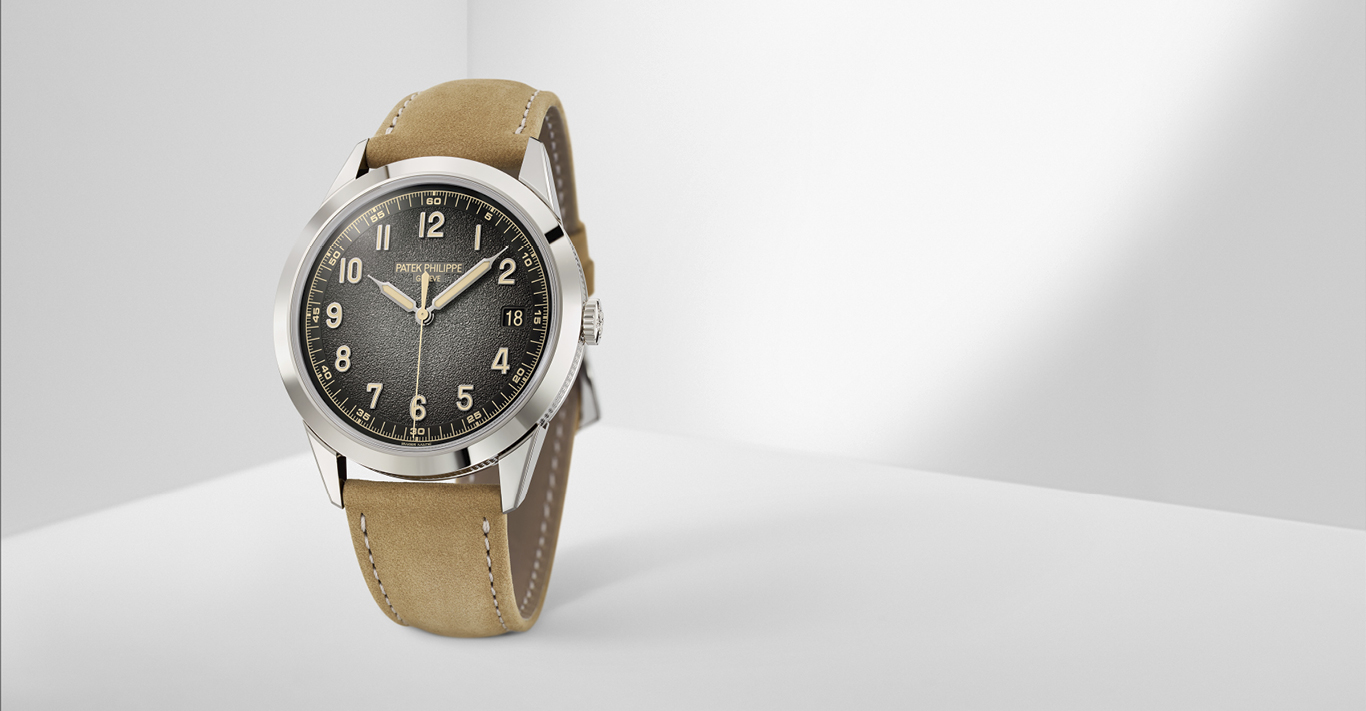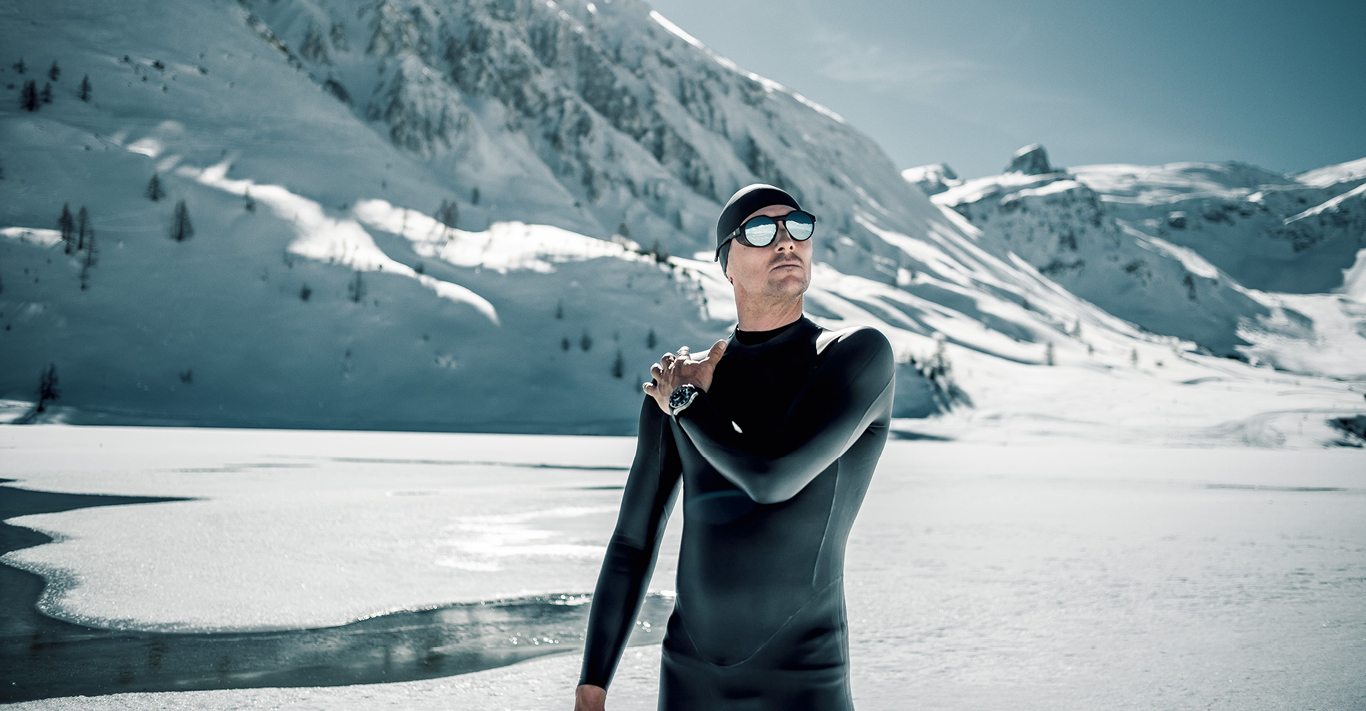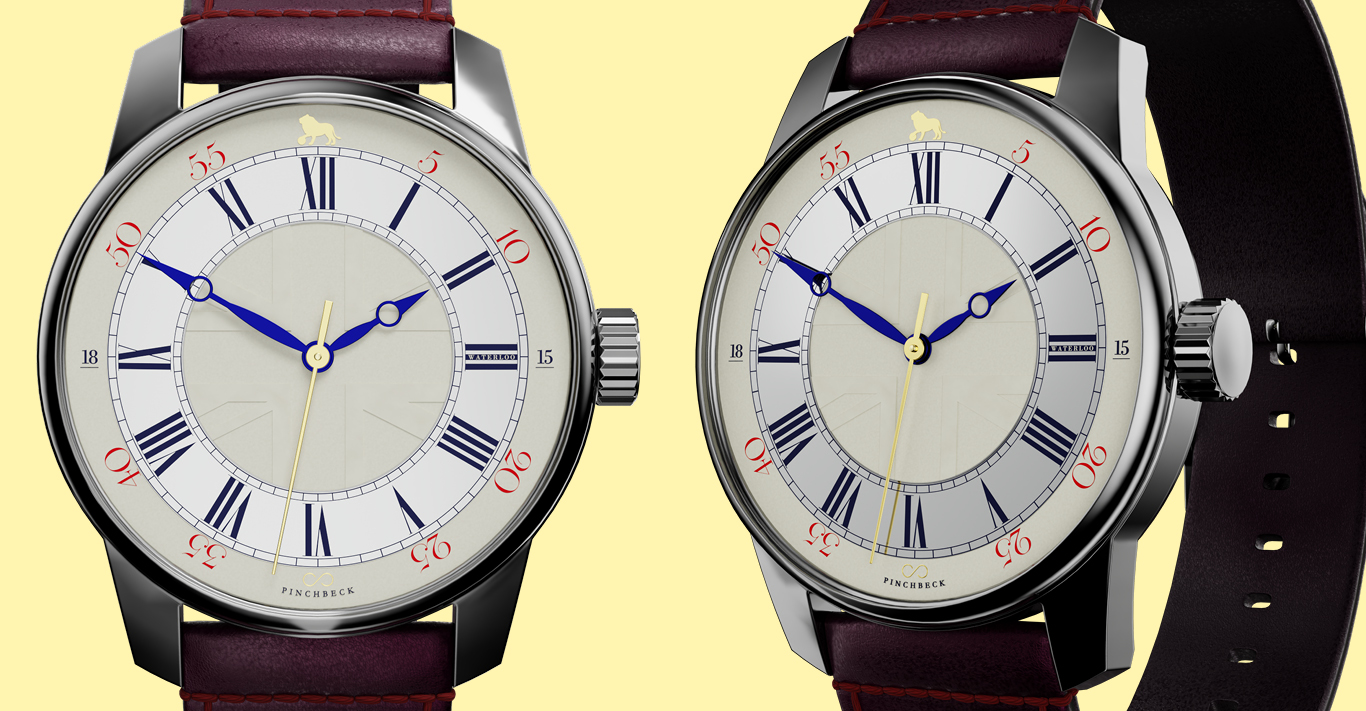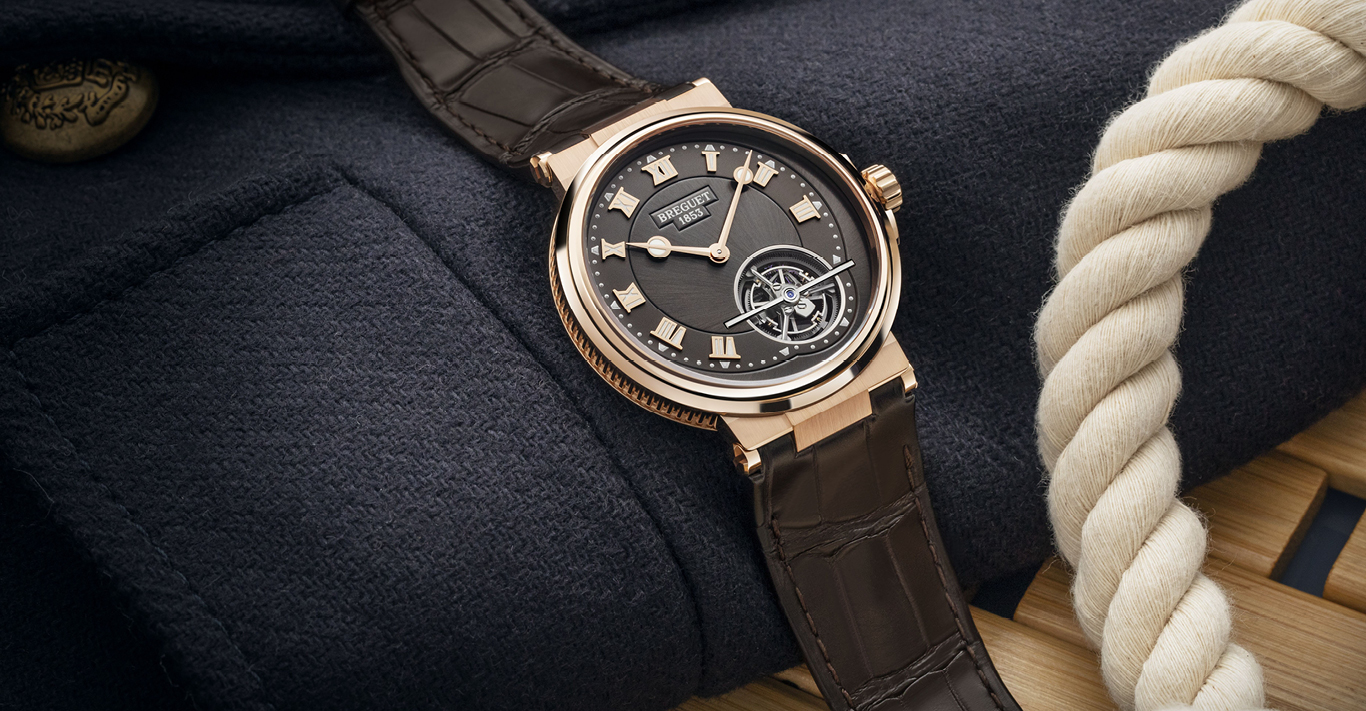WORDS
Ken Kessler
For a watch that just turned 90, Patek Philippe’s Calatrava is not showing its age. Maybe that’s because – when it first appeared in 1932 – the design was as close to perfect as a wristwatch could be. Sleek, round, elegant, uncluttered: it created the template for a sophisticated dress watch when the form was still young, the public not yet finished with the pocket watch.
Of all the classics in the Patek Philippe canon, including the early world timers and calendars, the Calatrava is the company’s signature timepiece. It began as Ref. 96, the era of its birth concurrent with the hugely influential Bauhaus movement, which decreed “Form must follow function”. And indeed the Ref. 96 suffered nothing superfluous, yet married minimalism and subtlety with the ineffable presence of a statement timepiece.
It has been at the core of the Patek family ever since it arrived, despite the clamour that surrounds the various grand complications, perpetual calendars, chronographs, high-jewellery pieces and other models that are the polar opposite of the Calatrava’s clarity of purpose. That is not to say the Calatrava has been restricted to “time-only” functions, never decorated, modified, nor adapted to the changing times. Quite the opposite.
So impeccable is the look of the original Ref. 96 – and the later Ref. 3919 with Clous de Paris bezel – that both styles remain recognisable in current models. Over the decades, they have been updated with automatic movements and larger cases to suit modern tastes. The time-only versions have appeared without seconds hands, with small seconds dials or sweep hands introduced with the automatics in the 1950s. White, champagne or black dials, Arabic or Roman numerals or plain indices, assorted precious metal cases – the Calatrava is a canvas that has allowed Patek Philippe to adjust its appeal to the desires of its owners.
More recently, Patek Philippe introduced the military-look Calatrava Pilot Travel Time. Bold luminous numerals, blue or black matt dials, the display of two time zones – it was divisive and desirable, purists decrying it while the more adventurous have embraced it with rapturous glee. Its macho presence is precisely the attitude that sired this year’s most memorable new model.
Entering the catalogue as Ref. 5226G (£30,060), the latest Calatrava – had it been offered at the end of World War II – could pass for one of the legendary “Mk” military watches commissioned by the British Ministry of Defence. It possesses the details demanded of pilots in particular, not least instant legibility thanks to the bold Arabic numerals and “syringe” hands. In keeping with aviation requirements, the dial features light numerals against a dark background, judged to provide better legibility in cockpits than black against white.
Showing wry humour and nodding to collectors of vintage timepieces, Patek Philippe has chosen a creamy-coloured luminous material for the numbers and hands. This “aged lume” hue contrasts with and offsets the unique new dial finish, a charcoal-coloured crackle effect reminiscent of the surfaces of film cameras in the 1950s and 1960s, most notably the connoisseur Swiss brand Alpa.
That’s where the retro element stops. Fitted with sweep seconds and date in an aperture at 3 o’clock, the Calatrava 5226G measures 40mm in diameter and is 8.53mm thick. Inside the white gold case, water resistant to 30m, is the self-winding Calibre 26-330 S C visible through the caseback. The watch comes with two straps: one of beige calfskin, the other in black.
Undoubtedly this new model will charm Calatrava devotees. When I first discovered watches, I vowed that I would acquire a Patek Philippe Calatrava by the time I hit the big 5-0. With three months to go, I was able to purchase a 1956 Calatrava Ref. 96. It was worth the wait, but it’s not really mine. I’m merely looking after it for my son.




